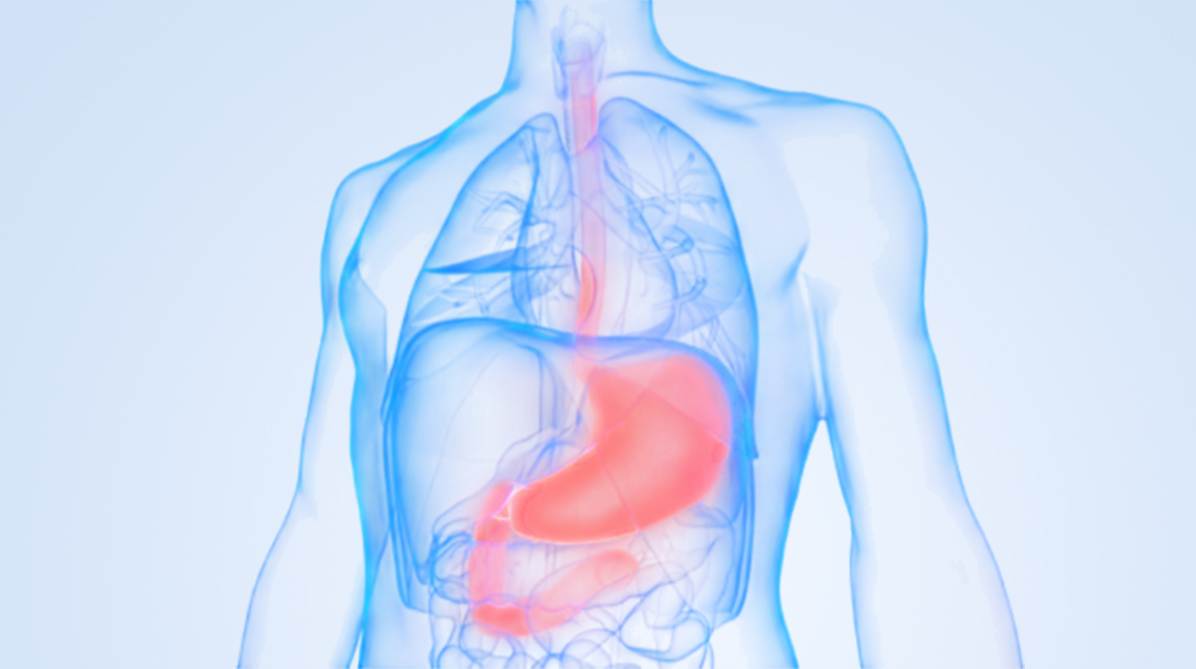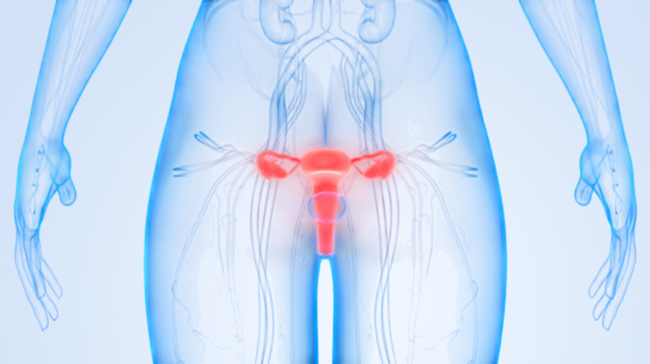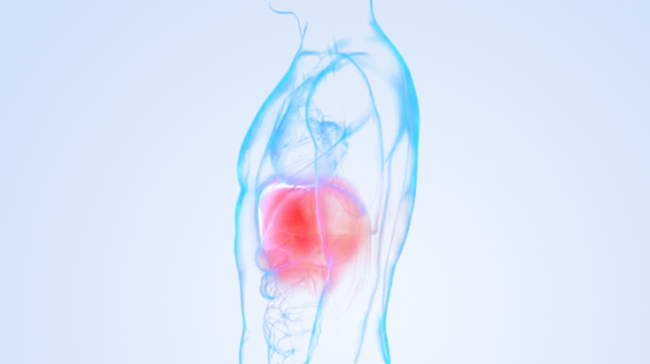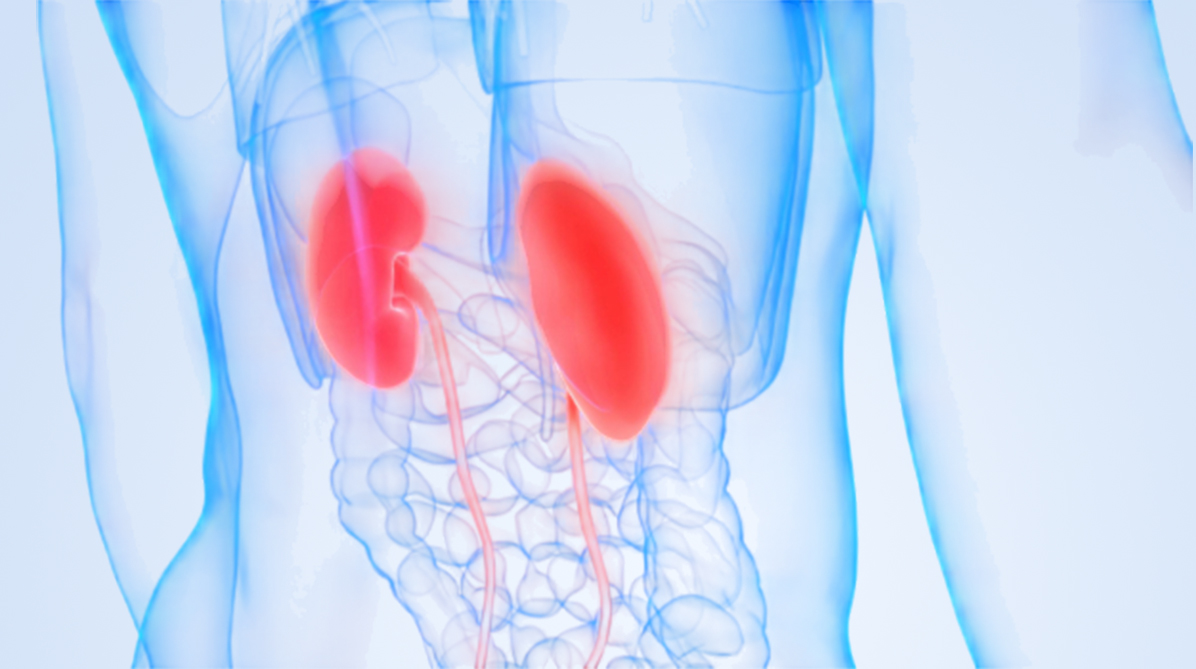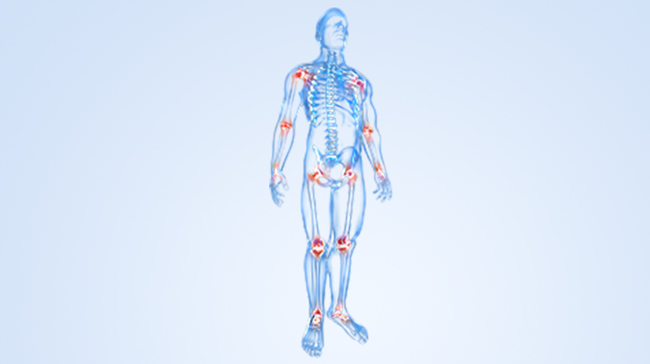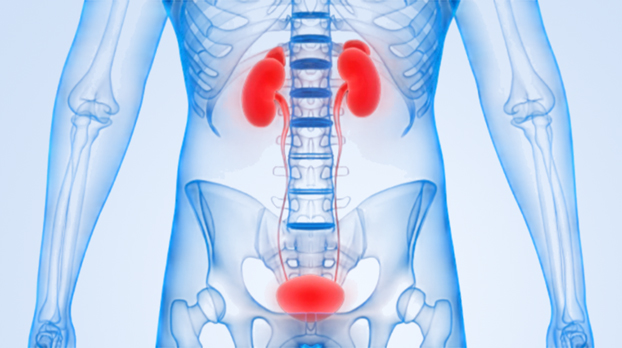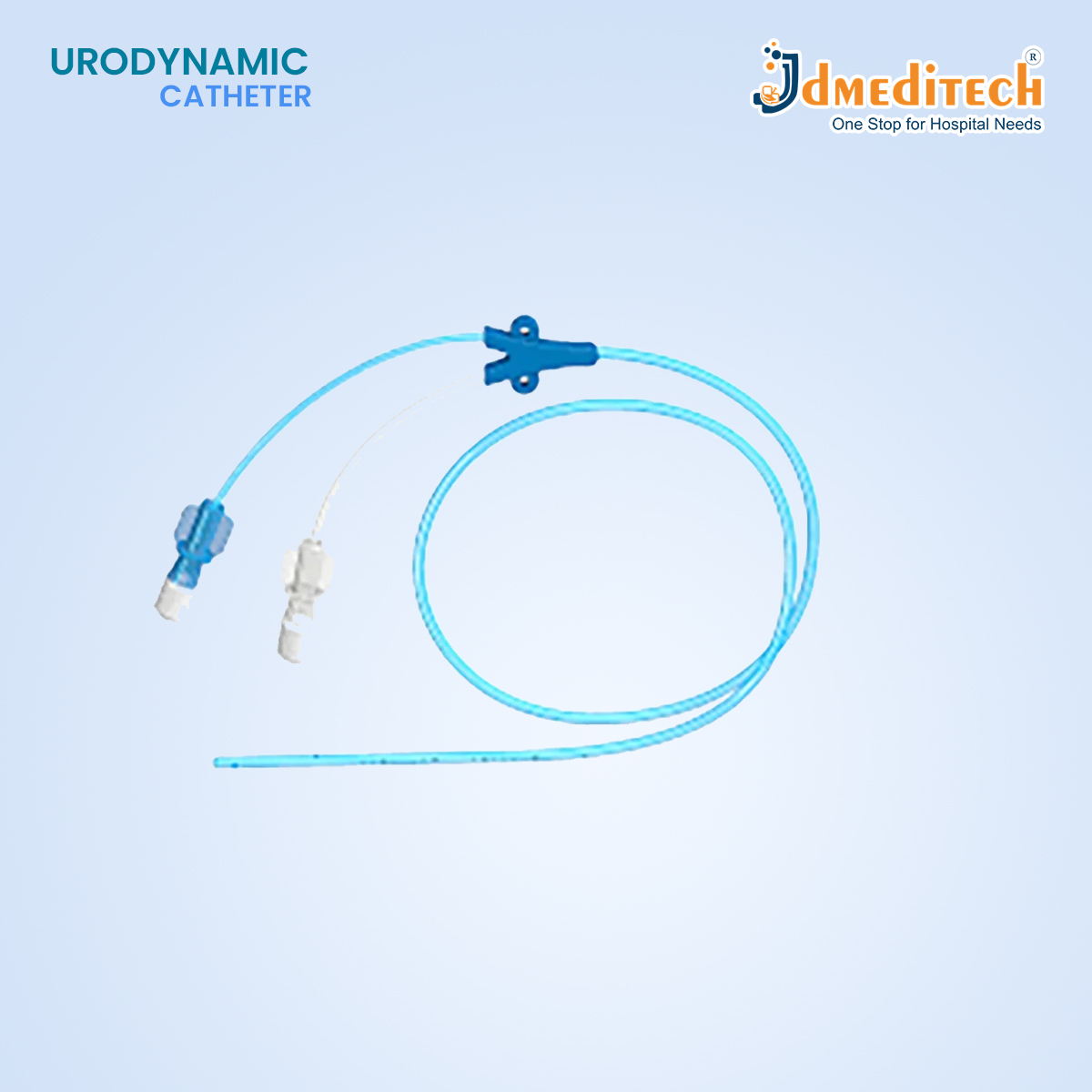
Urodynamic Catheter

Urodynamic Catheter
- International Quality Standard.
- Fastest Delivery.
- Export Standard Packaging.
- Customized Production.

Product Description:
A Urodynamic Catheter is a specialized medical device used to measure pressure and flow within the bladder and urethra during urodynamic studies. These studies help diagnose problems like urinary incontinence, bladder dysfunction, or voiding disorders.
Key Features of Urodynamic Catheter
Function – Measures bladder pressure, urethral pressure, and urine flow during testing.
Lumen Types – May have one or more lumens for pressure monitoring, fluid infusion, or urine flow measurement.
Tip Design – Soft, rounded tip for atraumatic insertion into the urethra or rectum.
Sensor Types – Some have built-in pressure sensors (microtip catheters), while others connect to external transducers.
Size Range – Typically 6 Fr to 10 Fr for patient comfort and accurate measurements.
Material – Made of flexible silicone or PVC, biocompatible and sterile.
Radiopaque – Some models are X-ray visible for placement verification.
Single-Use – Supplied sterile and disposable to prevent infection.
Common Uses in Urodynamic Testing
Cystometry (CMG) – Measures how much the bladder can hold and how well it fills and empties.
Pressure-Flow Studies – To assess bladder outlet obstruction or weak bladder muscles.
Urethral Pressure Profilometry (UPP) – Evaluates the strength of the urethral sphincter.
EMG Integration – Used alongside electromyography for neurological bladder studies.







